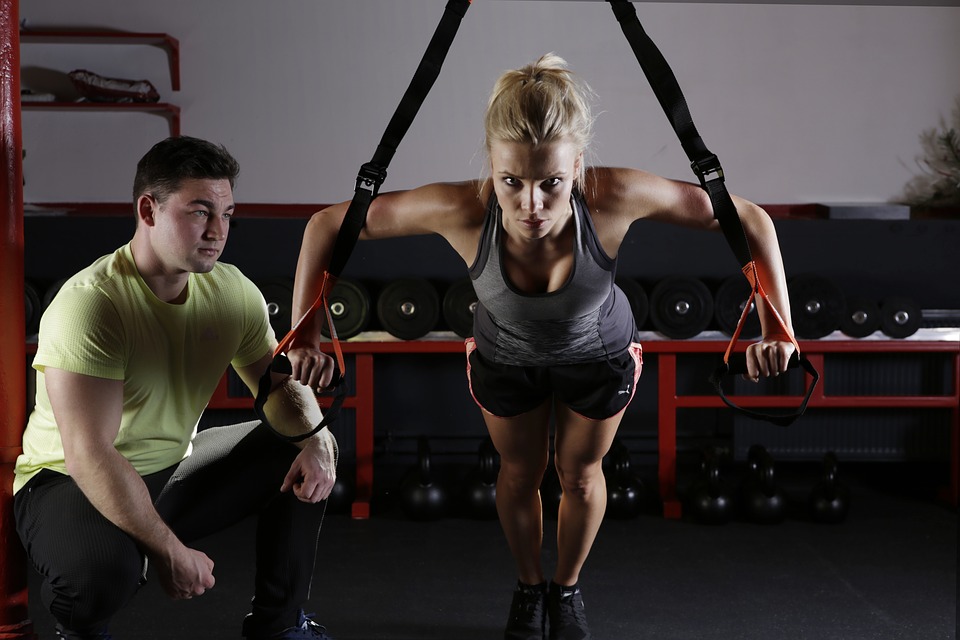Strength training is a form of exercise that can have numerous benefits for seniors, and it’s never too late to start. Despite concerns of injury or worsening joint issues, strength training can actually enhance physical health and reduce the risk of harm. In this segment, we delve into the advantages of strength training for the senior community and why it plays a crucial role in maintaining their well-being.
The Benefits of Strength Training for Older Adults
Strength training can be a game changer for older adults looking to improve their joint health. As we age, our joints can become stiff and painful, making it harder to go about daily activities. But, by strengthening the muscles that support the joints, strength training can help improve joint mobility and reduce pain. This not only reduces the risk of injury, but it also enhances overall physical function.
Strength training is a critical aspect of overall health for older adults, especially when it comes to maintaining strong bones. As we age, our bones naturally become weaker, putting us at increased risk for fractures and conditions like osteoporosis. But with strength training, we can boost our bone density by placing stress on the bones and triggering the body to lay down new tissue. This is an essential component of a comprehensive health and wellness plan for seniors, as strong bones help ensure stability and independence as we age.
Strength training can have a profound impact on the physical and mental well-being of older adults. From improving joint health and bone density to reducing stress and boosting mood, strength training offers a range of benefits that can help seniors maintain their health and vitality as they age. And with the right guidance and support, incorporating strength training into your routine is easier than ever. So if you’re looking for a way to stay active and improve your overall health, consider adding strength training to your exercise regimen today.
The Benefits of Strength Training for Mental Health
Strength training is more than just a workout for the body, it also has a positive impact on the mind. Regular strength training sessions can help seniors alleviate stress, anxiety, and depression through the release of endorphins, which are naturally occurring feel-good chemicals in the body. This leads to a boost in overall mood and a greater sense of well-being.
Strength training doesn’t just benefit your muscles and joints, it also helps your brain. Challenging the mind to coordinate movements and perform exercises with proper form can enhance cognitive function, and even reduce the risk of age-related cognitive decline.
How to Start a Strength Training Program for Seniors
Before diving into a strength training program, it’s crucial to speak with your doctor. They’ll be able to assess your overall health and determine if strength training is a safe and appropriate form of exercise for you. With their guidance, you can develop a customized workout plan that takes into account your individual needs and abilities, so you can safely and effectively improve your physical and mental well-being.
When kickstarting your strength training journey, it’s crucial to take it slow and ramp up the intensity gradually. This approach will minimize the likelihood of injury and give your muscles and joints the time they need to adjust to the new routine.
When developing a strength training program, variety is key. To target different muscle groups and improve overall physical function, it’s important to include a range of exercises in your routine. Some of the most effective movements for senior strength training include squats, lunges, push-ups, and seated rows. Proper form and equipment usage should be a top priority to reduce the risk of injury.
The Importance of Safety and Proper Form
Strength training, done right, can be incredibly beneficial for older adults. But, it’s crucial to maintain proper form in order to avoid injury and maximize results. That means moving slowly and with control, keeping good posture, and avoiding exercises that put too much strain on the joints. Additionally, using the right equipment and support, such as weights or resistance bands, is essential for performing exercises safely and effectively. Experts emphasize the importance of these key elements for a successful strength training routine.
Strength training, my friends, is a mighty exercise for those of us who have reached a certain age. And, let me tell you, the benefits are numerous, both physically and mentally. We’re talking about joint health and bone density improvements, reduced stress, and elevated moods. It’s a powerhouse tool for seniors who want to age with grace, while keeping their bodies and minds in tip-top shape. And the cherry on top? Strength training helps to ward off chronic conditions such as heart disease, stroke, and osteoporosis. It’s a must-have in any well-rounded health plan for older adults. With the right support, seniors can effortlessly integrate strength training into their daily lives and enjoy the perks for years to come.
Never think it’s too late to pick up strength training, especially if you’re a senior. But, before embarking on this fitness journey, make sure to check with your physician. To make the most out of strength training, consider working with a professional, certified trainer. They’ll craft a program that fits your abilities and needs, ensuring you train safely. Consistency is the name of the game, so keep up with your strength routine regularly to see the best outcomes.


